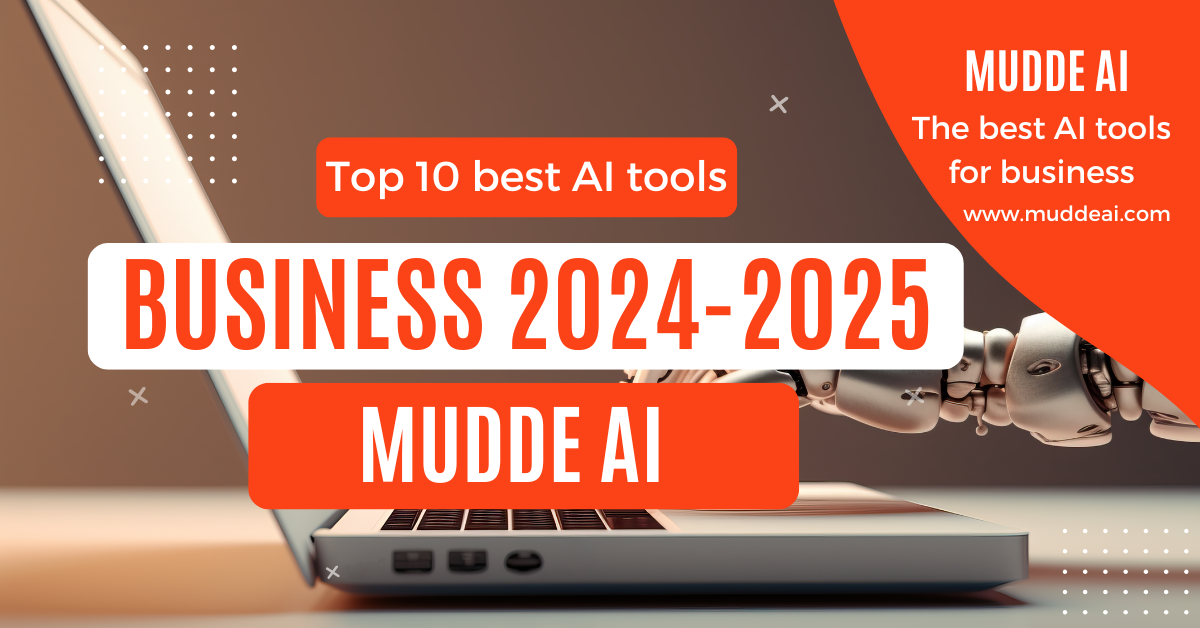Generative AI has made remarkable strides, offering transformative potential across various industries. However, despite its advancements, this technology faces several challenges and limitations that must be addressed to harness its full potential responsibly. In this blog post, we explore the key obstacles in generative AI and the ongoing efforts to overcome them.
Understanding the Challenges and Limitations of Generative AI
1. Bias in Training Data
One of the most pressing issues with generative AI is the bias embedded in training data. AI models learn from vast datasets that may contain biased information, leading to the perpetuation of stereotypes and unfair practices.
- Impact on Society: Biased AI can affect critical areas like recruitment, where it may favor certain demographics, resulting in discriminatory hiring practices.
- Solutions: Researchers are developing debiasing algorithms and fair representation learning techniques to minimize biases by ensuring diverse and balanced training datasets.
2. Ethical Concerns and Misinformation
The ability of generative AI to produce highly realistic content raises significant ethical concerns, especially regarding misinformation and malicious use.
- Deepfakes and Fake News: AI-generated content can be misused to create deepfakes, spreading false information and damaging reputations.
- Mitigation Strategies: Developers are exploring watermarking and fingerprinting methods to trace the origins of AI-generated content, along with adversarial training to make models more resistant to manipulation.
3. Technical Limitations and Context Understanding
Generative AI systems often struggle with understanding complex contexts or making nuanced decisions.
- Relevance and Appropriateness: Without deep contextual understanding, AI outputs may lack relevance or be inappropriate, especially in specialized fields like finance or healthcare.
- Advancements: Integrating context-aware frameworks can help AI systems evaluate outputs within the proper context of user interactions and systemic impacts.
4. Computational Requirements and Environmental Impact
Training and operating generative AI models require substantial computational resources, leading to high energy consumption.
- Resource Intensity: The significant carbon footprint makes it challenging for smaller organizations to adopt AI solutions sustainably.
- Efforts to Reduce Impact: Researchers are working on model compression techniques and utilizing synthetic data to reduce computational demands while maintaining performance.
5. Data Privacy and Security
Generative AI’s reliance on large datasets raises concerns about data privacy and security, especially when handling sensitive information.
- Regulatory Compliance: Ensuring adherence to data protection regulations like GDPR is crucial.
- Protective Measures: Techniques such as data anonymization and synthetic data generation are employed to safeguard personal information during AI training.
6. Lack of Explainability and Interpretability
Many generative AI models function as “black boxes,” making it difficult to understand how they arrive at certain outputs.
- Transparency Issues: This opacity is problematic in sectors where understanding decision-making processes is essential.
- Improving Interpretability: Ongoing research focuses on enhancing model interpretability using visualization tools and methods that shed light on AI reasoning.
Addressing the Challenges: The Path Forward
While these challenges are significant, the AI community is actively seeking solutions to ensure the responsible development and deployment of generative AI technologies.
- Collaborative Efforts: Partnerships between industry, academia, and regulatory bodies are crucial in setting standards and best practices.
- Continuous Research: Investment in research to improve AI fairness, transparency, and efficiency remains a priority.
How Businesses Can Navigate These Challenges
To effectively leverage generative AI, businesses should:
- Implement Ethical AI Practices: Prioritize fairness, transparency, and accountability in AI applications.
- Invest in Education and Training: Equip teams with knowledge about AI limitations and best practices.
- Collaborate with Experts: Work with AI specialists to develop tailored solutions that address specific challenges.
Stay informed about the latest in AI technology. Visit muddeai.com to learn more about how we address the challenges and limitations of generative AI.



